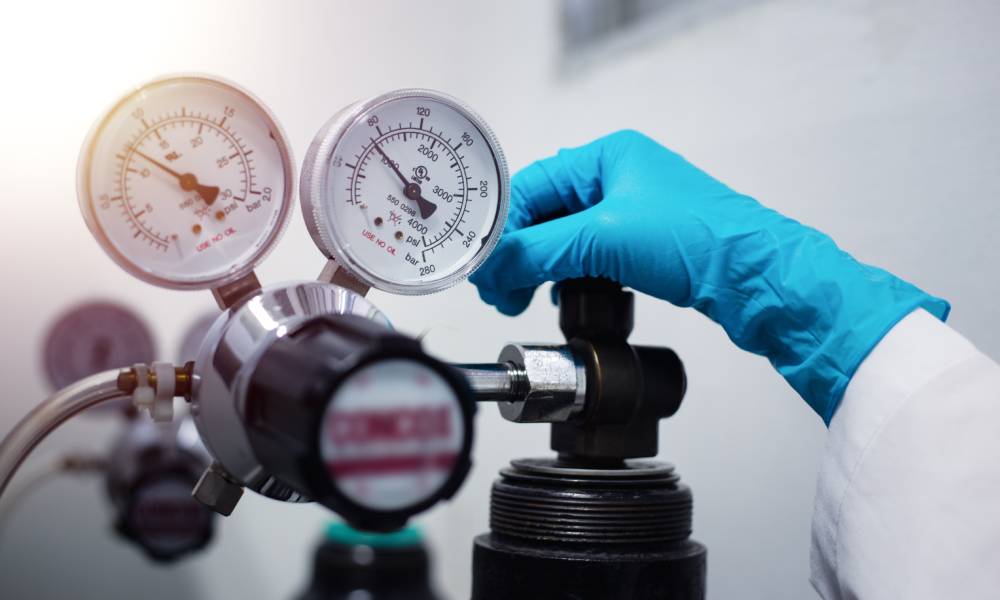Health-care facilities face mounting pressures to keep gas storage safe, compliant, and consistent. Regulations evolve quickly, but operational demands never pause. Every overlooked factor in gas storage creates a new vulnerability. Learn the four environmental challenges when storing medical gases to keep your health-care facility fully compliant and operational.
Temperature Extremes and Cylinder Pressure
Keeping pressurized tanks within safe thermal margins during year-round operation is a major environmental challenge when storing medical gases. Rapid temperature shifts inside or outside a facility destabilize cylinder pressure and reduce containment reliability. Storing cylinders in outdoor cages or uninsulated zones creates risks during seasonal changes or regional heat waves.
Valves and regulators experience strain, and unexpected leaks may follow when gases expand or contract too quickly. Facilities must install temperature control units or move cylinders to climate-controlled interiors to maintain stability.
Corrosive Environments and Humidity
High humidity inside confined storage areas contributes to cylinder corrosion, valve degradation, and label fading. Saline mist, mop water, and HVAC condensation often go unnoticed but erode container integrity over time.
Medical centers near coastal regions face higher salt content in the air, which speeds up metal fatigue in valve mechanisms. Facilities must inspect walls, cylinder racks, and ceiling pipes for signs of moisture infiltration or rust buildup. Long-term exposure to moisture in poorly ventilated or unsealed storage rooms is another important environmental challenge when storing medical gases.
Gas Calibrator Malfunctions
Improper calibration readings derail storage procedures before issues become visible, especially with sensitive gas blends. Faulty calibrators lead to off-spec pressures, flow inconsistencies, or tank overflow. Managers must schedule monthly calibration checks and replace worn sensors that drift from baseline tolerances.
Storage accuracy starts with clean, well-maintained sensors capable of alerting teams to small imbalances before larger risks emerge. Catching the early signs of gas calibrator failure—such as erratic readouts or delayed response times—can help you maintain compliance and avoid costly service gaps.
Airflow Restriction and Containment
Often, storage rooms face design limitations that restrict airflow, increase fume concentration, and trap heat around gas cylinders. Ventilation system placement determines whether clean air displaces heavier-than-air gases or allows them to collect near floor drains or door thresholds.
Facilities must map pressure differentials and introduce active air handling systems when natural flow proves inadequate. Planning must also factor in wall-mounted shelving, fire code offsets, and emergency egress routes. Strong airflow, clear sightlines, and strategic intake and exhaust positioning reduce exposure risks before gases accumulate to dangerous levels.
Medical gas storage creates unique facility challenges that require constant attention and proactive maintenance. Pressure changes, corrosion, airflow, and faulty calibration devices can all compromise supply reliability or safety. Build a detailed strategy around your location, environmental conditions, and equipment capacity. Additionally, prioritize consistent inspection and high-quality monitoring tools.







